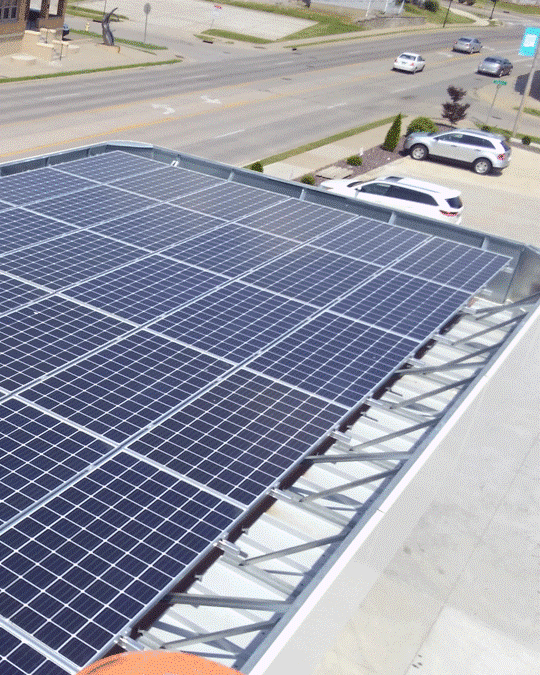As the world moves towards sustainable energy solutions, fuel retail outlets, commonly known as filling stations, should explore innovative ways to reduce their carbon footprint and operational costs.
One of the most promising solutions is the installation of solar canopies. This article delves deep into the technical aspects, benefits, and implementation strategies of solar canopies for fuel retail outlets, providing a comprehensive understanding of this technology.
What Are Solar Canopies?
Solar canopies are structures installed over open spaces, such as fuel pump areas, with solar panels mounted on top These canopies serve dual purposes: they provide shade and protection for vehicles and customers, and they generate renewable energy by converting sunlight into electricity.
Technical Overview
Disclaimer: The views and opinions expressed in this article are solely those of the author.
AFRICAN ENERGY SERIES

Benefits of Solar Canopies for Fuel Retail Outlets
Implementation Strategies
Solar canopies represent a transformative solution for fuel retail outlets, combining functionality with sustainability. By harnessing the power of the sun, these installations not only reduce operational costs but also enhance the customer experience and contribute to a greener future. As the technology continues to advance and costs decrease, solar canopies will become an increasingly viable and attractive option for fuel retail outlets worldwide.
By adopting solar canopies, fuel retail outlets can position themselves as leaders in the transition to renewable energy, demonstrating a commitment to innovation and environmental stewardship.
Author: Pharez Ayodele
Competency Centre Coordinator.
MEMAN






